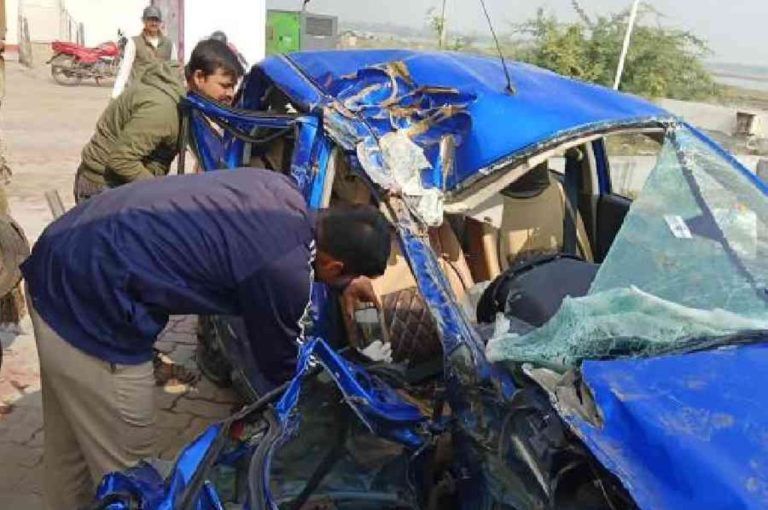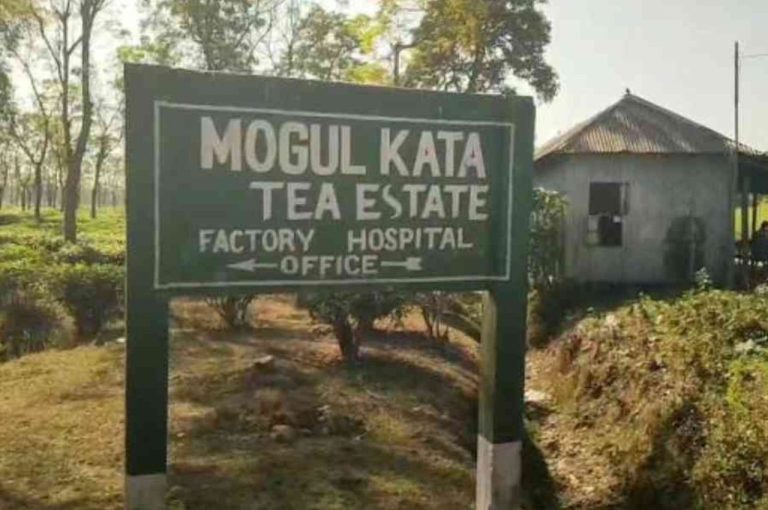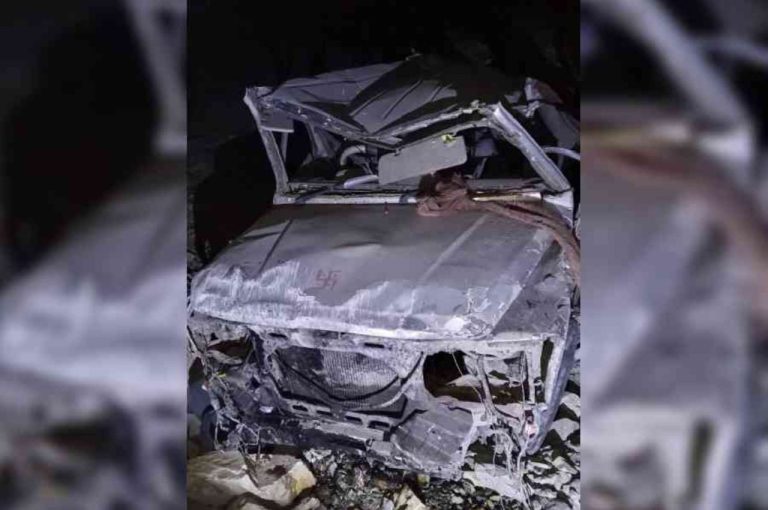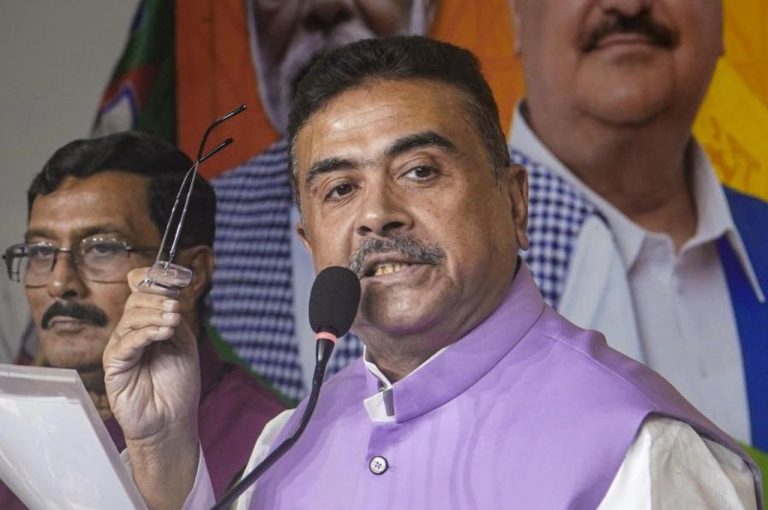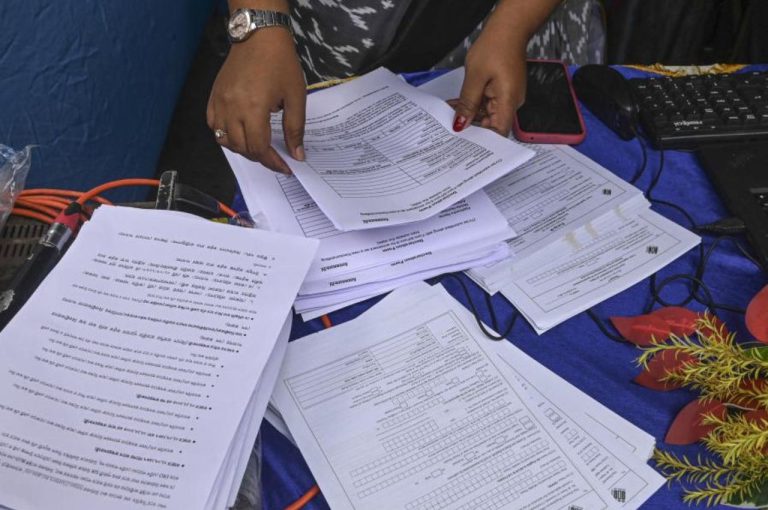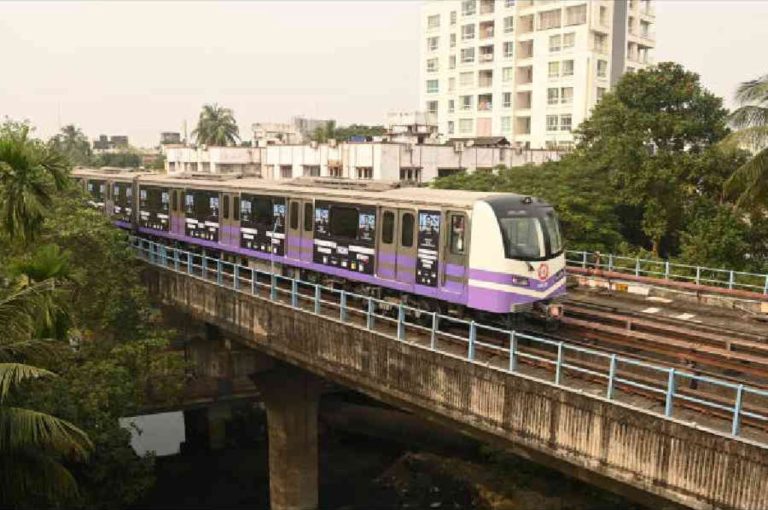Union Minister for Communications and Development of North Eastern Region, Shri Jyotiraditya Scindia, on Sunday unveiled a grand 25-foot statue of Chhatrapati Shivaji Maharaj in Athani town of Belagavi district, Karnataka. Terming the occasion as historic and deeply symbolic, the Minister said that the unveiling was not merely a ceremonial event, but a collective national resolve to carry forward the ideals of courage, self-respect, and the spirit of Hindavi Swaraj to future generations. The event witnessed a large gathering of dignitaries, spiritual leaders, public representatives and citizens, reflecting the enduring reverence for the Maratha icon across regions.
“Jai Bhavani, Jai Shivaji”: A Timeless Call of Courage
Addressing the gathering, Shri Scindia said that the clarion call of “Jai Bhavani, Jai Shivaji” continues to ignite fearlessness, national pride and a sense of duty among Indians even today. He underlined that Chhatrapati Shivaji Maharaj was not merely a warrior king, but a civilisational force who instilled confidence in a society facing foreign domination and cultural suppression.
“The unveiling of this statue is a reaffirmation of India’s eternal values — courage in adversity, self-respect in governance, and commitment to national duty,” the Minister remarked.
Shivaji Maharaj: Architect of Hindavi Swaraj
Recalling the life and struggles of Chhatrapati Shivaji Maharaj, Shri Scindia highlighted that at the young age of just 15, Shivaji Maharaj took a solemn pledge to establish Hindavi Swaraj. Through exceptional military strategy, administrative acumen and moral leadership, he successfully challenged powerful invaders and laid the foundations of a people-centric, just and inclusive governance system.
The Union Minister noted that Shivaji Maharaj’s legacy goes far beyond military victories. His emphasis on ethical statecraft, respect for women, religious tolerance and welfare of the common people continues to guide modern India’s democratic and cultural ethos.
Belagavi and Athani: A Land Steeped in History
Shri Scindia emphasised the historical significance of Belagavi and Athani, stating that the region played a crucial strategic role during Shivaji Maharaj’s southern campaigns. These territories were vital in securing key routes connecting the Deccan plateau with the Konkan coast and Goa, thereby strengthening the Maratha presence in southern India.
“The land of Belagavi has been a witness to the valour, strategic brilliance and indomitable courage of Shivaji Maharaj. Unveiling his statue here bridges our glorious past with the present and future,” he said.
Inspiration for a Self-Reliant and Confident India
The Union Minister stated that as India advances on the path of cultural renaissance and national self-confidence, the ideals of Chhatrapati Shivaji Maharaj have become increasingly relevant. He observed that the vision of Viksit Bharat, self-reliance (Aatmanirbhar Bharat), and a strong sense of national duty under the leadership of Prime Minister Shri Narendra Modi draws deep inspiration from Shivaji Maharaj’s philosophy of governance and Swaraj.
Shri Scindia added that the statue would serve as a living symbol of inspiration, reminding generations that national interest must always come first, courage never diminishes with time, and the spirit of Swaraj remains eternally young.
Distinguished Dignitaries Grace the Occasion
The programme was graced by the presence of Manjunath Bharati Swamiji, Sambhaji Bhide Guruji, Karnataka Ministers Shri Santosh Lad and Shri Satish Jarkiholi, former Deputy Chief Minister of Karnataka Shri Laxman Savadi, Kolhapur MP Shrimant Shahu Chhatrapati Maharaj, former Karnataka Minister Shrimant B. Patil, Shri P.G.R. Sindhe and several other distinguished leaders and public representatives.
Two-Day Visit Covering Maharashtra and Karnataka
The unveiling ceremony marked the culmination of Shri Scindia’s two-day visit to Maharashtra and Karnataka. Earlier on Saturday, the Union Minister released a commemorative postage stamp celebrating 150 years of the Bombay Gymkhana in Kolhapur and participated in a Gramin Dak Sevak Sammelan, where he interacted with Gramin Dak Sevaks and acknowledged their role in strengthening last-mile connectivity.
Conclusion
The unveiling of the 25-foot statue of Chhatrapati Shivaji Maharaj in Athani stands as a powerful tribute to one of India’s greatest sons. More than a monument, it is a reminder of the enduring values of courage, justice, self-respect and national duty. As Belagavi echoes with the immortal saga of Shivaji Maharaj, the event reaffirms India’s commitment to preserving its civilisational legacy while marching confidently toward a stronger and more self-reliant future.
For more real-time updates, visit Channel 6 Network.
Source: PIB


